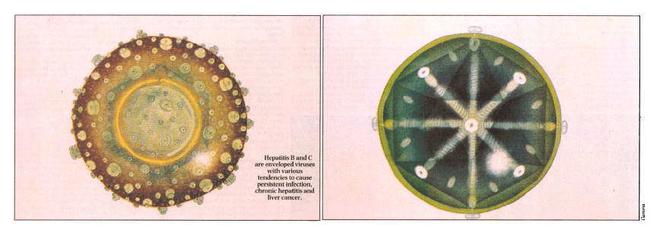The largest State-wide epidemiological study on Hepatocellular Carcinoma (HCC) or liver cancer, done across 15 major hospitals in Kerala, has reported cirrhosis caused by non-alcoholic fatty liver disease (NAFLD) to be the predominant aetiology of liver cancer in Kerala.
The study, which analysed the data of 1,217 patients with HCC from across Kerala between May 2018 to April 2020, reported cirrhosis associated with NAFLD to be the direct cause in 44% patients, followed closely by alcohol abuse, in 40% cases.
Hepatitis B virus was the cause in 7% cases and Hepatitis C virus, in 4% cases of HCC.
Among risk factors, Diabetes mellitus was present in 64% patients with HCC, high cholesterolemia in 17% and hypertension in 38%. About 33% of the patients were obese (BMI >25) and 15% were overweight. Non-alcoholic fatty liver disease (NAFLD) with or without metabolic syndrome was present in 44%. HCC was more common in men (90%) than in women
“Multi-center prospective survey of hepatocellular carcinoma in Kerala: More than 1,200 cases”, appears in the latest issue of Indian Journal of Gastroenterology, the official journal of the Indian Society of Gastroenterology.
The study is important from the Indian perspective because there is no national or State representative data on the epidemiology of HCC. The crude annual incidence rate of HCC in India in 2015 was 2.8 cases per lakh population.
From the public health perspective, the data has huge implications for a State like Kerala where the diabetes prevalence is estimated to be 35% and that of pre-diabetes, 15%.
ALSO READ | Manathakkali holds hope for liver cancer patients
Rising levels of metabolic syndrome (a cluster of conditions which include diabetes, high blood pressure, cholesterol and triglyceride levels and abdominal obesity that occur together and can increase one’s risk of heart disease and stroke) in the population has been a concern in the State since the 90s, the incidence of which has been steadily increasing.
NAFLD is the liver manifestation of metabolic syndrome. It encompasses a spectrum of diseases from mild steatosis (fatty changes in the liver) to non-alcoholic steatohepatitis (NASH or aggressive fatty liver disease) and inflammatory scarring which may progress to cirrhosis and liver failure. NAFLD, while it is progressive, is also modifiable through a healthy diet and adequate physical activity
“Viral hepatitis is no longer an important etiology of liver cancer in Kerala, thanks to the successful vaccination against Hepatitis B and the curative antiviral therapy against Hepatitis C. The fact that a significant proportion of those with NAFLD is progressing to liver cancer, with or without cirrhosis, signals the importance of preventive strategies to check the spiralling levels of metabolic syndrome in the population,” says Cyriac Abby Philips, senior consultant Hepatologist and physician-scientist at the Liver Institute, Rajagiri Hospital, Kochi, who was part of the study group
In the study, 48% of the patients presented with very advanced disease and received only palliation. The tumour was more than 5 cm in 59%, portal vein invasion was seen in 33% and metastasis, in 16%. Around 52% of patients could receive specific therapy. Liver transplantation within recommendations improved survival the most, than liver resection or localized chemotherapy using transarterial chemoembolization.

“NAFLD is not a trivial diagnosis. If one has other associated risk factors such as diabetes, overweight/obesity or mild/moderate use of alcohol — it can predispose one to develop liver cancer with or without chronic liver disease. Severe fatty inflammation and scarring (fibrosis) of the liver in the absence of fully developed cirrhosis is also a major risk factor for liver cancer. It is also one of the reasons why patients present themselves at advanced stages of HCC, identified only when they become symptomatic, and when few therapeutic options can be offered,” says Dr. Philips.
It is important that the public is given a better understanding of NAFLD, which most people are quite dismissive about, as “some fat in the liver”, he adds
The study is a pointer that the State will need to lay more emphasis on controlling lifestyle diseases, especially diabetes and obesity, to prevent the incidence of liver cancer. As NAFLD, specifically NASH, can lead to HCC with or without cirrhosis in the liver, screening only patients with cirrhosis may be inadequate for early detection.







